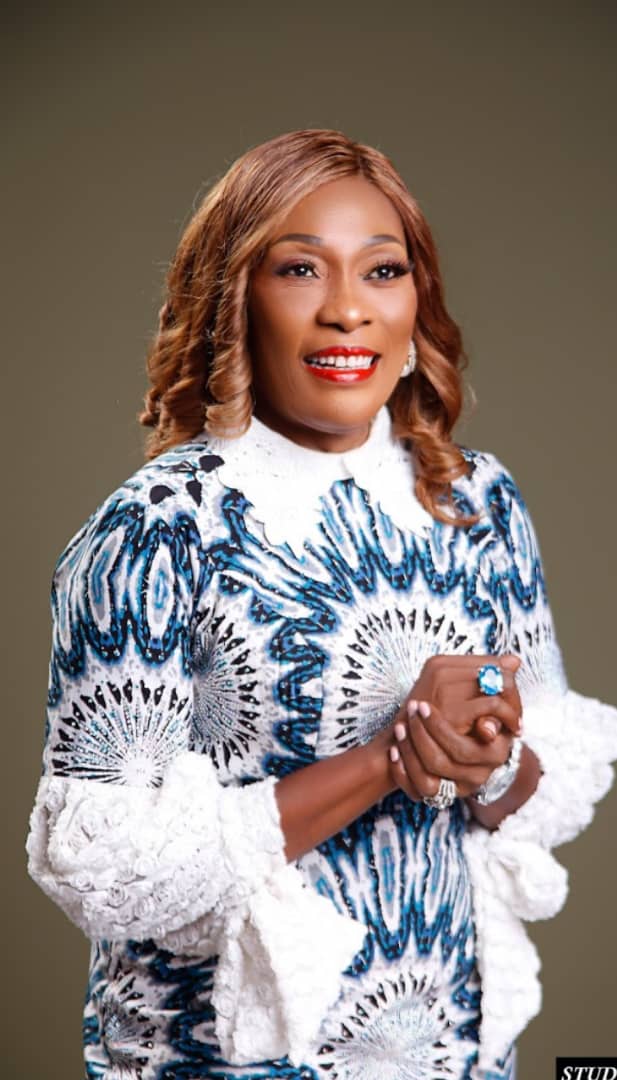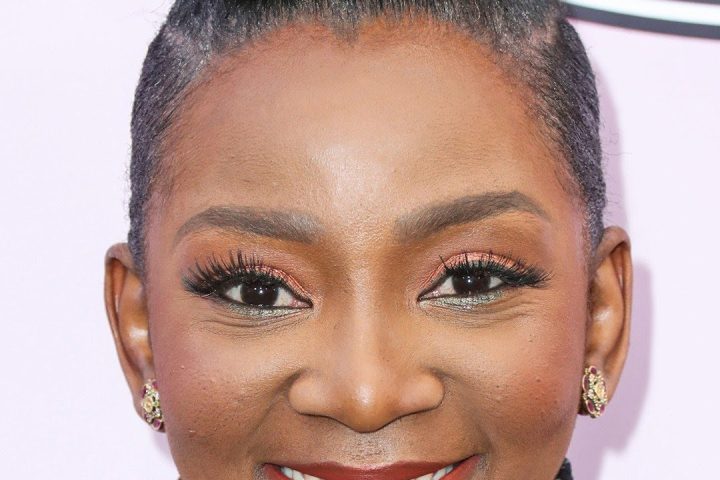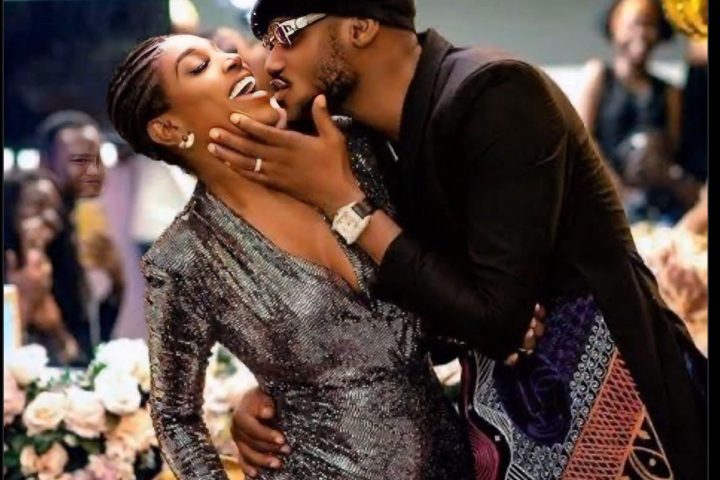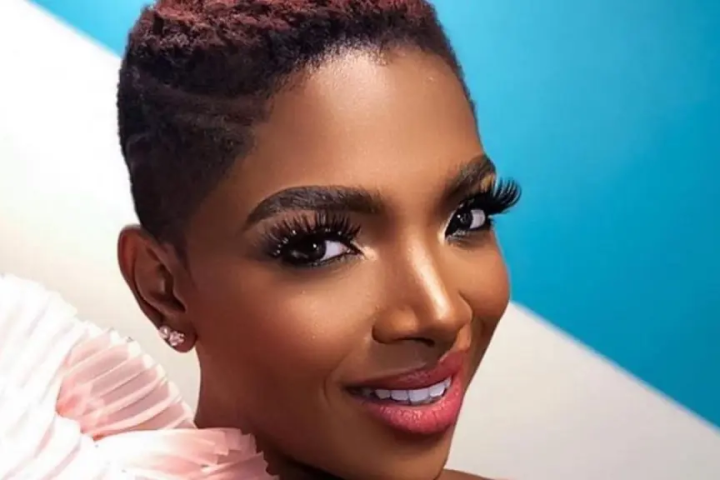It was the great Spanish Cubist artist, Pablo Picasso who famously said, ‘Art is a LIE; but it helps us to understand the TRUTH.”
That statement, for me, captures the essence of what art really is – and then what it is not.
First of all, let’s get a grounding of what art is; we were told in art school to always start from the known and travel to the unknown.
Join our WhatsApp ChannelWe know that art involves the application of the creative or imaginative talent, and refers to the diverse range of human activities that deploy these talents to a greater or lesser degree.
A good work of art usually portrays the artist’s level of technical proficiency, his/her sense of beauty, his/her emotional power, and even his/her ability to generate conceptual ideas.
By ‘art’ here, I’m referring to the three classical branches of visual art, that is, painting, sculpture, and architecture. This is exclusive of the other activities that we also describe as ‘art’ – that is, the ‘performing’ arts such as theatre and dance, literature, music, film and other media (such as the interactive media).
There is really no generally-agreed definition of what art is, and even the most widely accepted definitions people had in the past about art have changed over time – sometimes drastically especially in these rapidly-changing times.
In the past though, when people talked about art, they referred generally to a skill or an outstanding ability in any relevant field, and therefore the meaning of ‘art’ was not that different from the meaning of ‘crafts’ or ‘sciences.’
Talking about the nature of art, I guess that’s really the hard part; because now we’re delving little by little into the realm of the unknown. Even the most articulate of scholars and art experts sometimes find themselves at a loss whenever they are confronted with this question. I personally like the thought expressed by one scholar who, when asked to define beauty, said simply, “I cannot tell you what it is, but I KNOW IT WHEN I SEE IT.”
This uncertainty about the nature of art has, however, not discouraged other thinkers from attempting some rational explanations of its essence. While some see art as operating in the same sphere as religion, philosophy and science, and expressing the same content as they do, others see it as the use of indirect means to communicate a thought or idea from one person to another. For yet others, art is simply a vehicle for the expression or communication of emotions and ideas, and as mimesis (i.e. the representation of reality), and as the means by which a community develops for itself a medium for self-expression and interpretation.
So, we can, at least, summarize the essence of art in the following ways; as mimesis (a representation of reality); as narrative (storytelling), as self-expression; and as a form of non-verbal communication of emotion, ideas and concepts.
In the end, art continues to thrive because of our eternal quest for meaning, and especially our appreciation of Beauty (whichever way we want to define it – that is for those who are able to do so!).
Beauty, as expressed in art, is one of the few phenomena that lifts our spirits and reminds us that there is more to life than the price of foodstuff or that of gas. It adds to the elevation of our wellbeing, our standard of living, and the quality of our lives. Without art, the wide range of aesthetic experiences that give meaning to our lives will gradually dwindle, and we will wake up one day and find that beauty has become steadily downgraded as that worthwhile goal to aspire to.
Books abound with this kind of ‘art-less’ society, where functionality is everything, and citizens are made to wear the same drab clothes, live in the same drab apartments, and lead the same drab lives. And in a perverse but inevitable kind of way, such exclusive focus on functionality always breeds conformity – a state of affairs that, for the artist (or even for anyone with an aesthetic sensibility) is a fate far worse than death. God forbid that one should be forced to live in such a society.
But what does art mean for you in particular – whether as a creator of art, a connoisseur of art, or simply an art lover? I guess our perception of art and what it means to us differs from person to person. Speaking for myself, art remains a verb – it is what I do. Art is an expression of my thoughts, emotions, intuitions, and desires, but more importantly, it is also about sharing the way I experience the world in a way I cannot really portray by words alone because, when it comes to the expression of certain emotions and ideas, words are really not enough. Clearly that’s where art comes in. That’s where people like us find our true voice.
Now, there’s the other notion about art – or rather, about aesthetics in general – which I may want to agree with and that is that there is a sort of detachment (or distance) between works of art and the flow of everyday life. Works of art rise like islands out of a sea of more pragmatic concerns like food, clothing and shelter. When you step out of the sea onto the shores of an island, you’ve reached your destination, right? In the same way, the aesthetic attitude also requires that you treat the artistic experience you’re having as an end in itself.
Part of my understanding of art therefore is that it requires you to arrive on that island free of preconceptions and assumptions, and simply focus on the way in which you ‘experience’ the particular work of art in front of you.
Also although a person can have an ‘aesthetic experience’ from viewing a natural scene, or savoring a flavor, or feeling a texture in real life , the appreciation of art is totally different in that it is a creation of man , it does not form part of the naturally occurring aesthetics. One therefore can say that the uniqueness of art lies in the fact that it is an ‘intentional’ communication of an experience or an idea or a reality and so in essence , it is an end in itself.
The culmination of those collectives in its social or cultural context may determine whether the artwork is liked or mocked by the viewers, whether it says something important or whether it is just a piece of trivia. But either way it remains Art.
Whether this art is beautiful or not is another matter entirely. In my younger days, I – like most people – believed that art had to be beautiful to qualify as such. Is that not why it is called ‘…… Fine Art?’ ….. was my reasoning then. If it’s not Fine, should it be Art?
These days, however, I have come to understand that there is, in fact, a fundamental difference between Art and Beauty – and this difference lies in the fact that art is about who has produced it, and their intentions in doing so, whereas beauty depends on who’s looking at the object. (the beholder, as they say).
Of course, there are standards in beauty; in fact; there are commonalities that may determine a universal acknowledgement of what is Beautiful. These common traits are the so-called game changers – the round pegs in round holes, so to speak.
However I have a special admiration for those artists who opted to depart from the traditional standards of beauty and deliberately created their own definitions maybe just to prove a point!!
The example of Pablo Picasso whom I had quoted earlier or Edvard Munch, the Norwegian artist who painted The Scream – comes to mind as artists who made those choices. These two men went against the adoption of traditional norms of beauty in their art, and in the process made clear statements that that Art certainly can function just for the individual’s appreciation and whether understood or not remains solely within the purview of the said individual.
Art, therefore remains a direct means of stating an opinion or a feeling, or an avenue for the creation of different perspectives of our world view. This may be inspired by the work of other artists or entirely new experiences. Beauty alone therefore does not underscore art, although art can be made about beautiful things.
Personally I still inherently believe that beauty remains whatever makes an individual feel positive,grateful or appreciated .
Art can also be seen as a way of grasping the world – not just the physical world, but the the world in all of its dimensions.
It also remains true that the work of people like Picasso has shown that art is not necessarily positive: in fact, art can be deliberately hurtful or displeasing: it can make you think about things that you would rather not.
So when any emotion positive or otherwise is evoked within you then in my view it may well be defined as Art.
Chief Elizabeth Jibunoh has a BA in English language from university of Lagos and holds a Masters degree in Museums and Gallery Management from City University in London, United Kingdom, as well as a professional certificate in Floral Artistry from Boerma Institute international floral design school in Aalsmeer in the Netherlands. An art consultant since the early 1980s, Chief Elizabeth is the founding director of Didi Museum, the foremost private museum in Nigeria. She is a seasoned international curator with an eye for the sublime, who has worked with the Smithsonian National of African Art Institution Washington DC to facilitate the repatriation of the Alonge Photographic Collection of works back to their ancestral home in Benin City, Nigeria.
An entrepreneur who produces exquisite high end leather goods, Chief Elizabeth is also a health and wellness enthusiast who puts her money where her mouth is; she is the CEO of both the Superlife Juice Limited and the Ridgewood Wellness Sanctuary. She is also a social entrepreneur and Founder of the Strength of Women Initiative. An avid art enthusiast with an eclectic taste, Chief Elizabeth enjoys mentoring rising artists – a role she cherishes as much as her role as a wife, mother and grandmother.
Chief Elizabeth Jibunoh writes from Lagos, Nigeria















Follow Us